In physical geography, a steppe is an ecoregion characterized by grassland plains without trees apart from those near rivers and lakes. Steppe biomes may include:
- the montane grasslands and shrublands biome
- the temperate grasslands, savannas and shrublands biome
The prairie of North America (especially the shortgrass and mixed prairie) is an example of a steppe, though it is not usually called such. A steppe may be semi-arid or covered with grass or with shrubs or with both, depending on the season and latitude. The term "steppe climate" denotes the climate encountered in regions too dry to support a forest but not dry enough to be a desert. Steppe soils are typically of the chernozem type.
Steppes are usually characterized by a semi-arid or continental climate. Extremes can be recorded in the summer of up to 45 °C (115 °F) and in winter, −55 °C (−65 °F). Besides this major seasonal difference, fluctuations between day and night are also very great. In both the highlands of Mongolia and northern Nevada, 30 °C (85 °F) can be reached during the day with sub-freezing readings at night.
Mid-latitude steppes feature hot summers and cold winters, averaging 250–510 mm (10–20 in) of precipitation per year. Precipitation level alone does not define a steppe climate; potential evapotranspiration also plays a role in the trees origin
Locations
Cold steppe
The world's largest steppe region, often referred to as "the Great Steppe", is found in Eastern Europe and Central Asia, and neighbouring countries stretching from Ukraine in the west through Russia, Kazakhstan, Turkmenistan and Uzbekistan to the Altai, Koppet Dag and Tian Shan ranges in China.
The inner parts of Anatolia in Turkey, Central Anatolia and East Anatolia in particular and also some parts of Southeast Anatolia, as well as much of Armenia and Iran are largely dominated by cold steppe.
The Pannonian Plain is another steppe region in Central Europe, primarily Hungary.
Another large steppe area (prairie) is located in the central United States, western Canada and northern part of Mexico. The shortgrass prairie steppe is the westernmost part of the Great Plains region. The Columbia Plateau in Southern British Columbia, Oregon, Idaho, and Washington state, is an example of a steppe region in North America outside of the Great Plains.
In South America, cold steppe can be found in Patagonia and much of the high elevation regions east of the southern Andes.
Relatively small steppe areas can be found in the interior of the South Island of New Zealand.
Subtropical steppe
In Europe, some Mediterranean areas have a steppe-like vegetation, such as central Sicily in Italy, southern Portugal, parts of Greece in the southern Athens area, and central-eastern Spain, especially the southeastern coast (around Murcia), and places cut off from adequate moisture due to rain shadow effects such as Zaragoza.
In Asia, a subtropical steppe can be found in semi-arid lands that fringe the Thar Desert of the Indian subcontinent and the Badia of the Arabian peninsula.
In Australia, "subtropical steppe" can be found in a belt surrounding the most severe deserts of the continent and around the Musgrave Ranges.
In North America this environment is typical of transition areas between zones with a Mediterranean climate and true deserts, such as Reno, Nevada, the inner part of California, and much of western Texas and adjacent areas in Mexico.
Source: Wikipedia contributors. "Steppe." Wikipedia, The Free Encyclopedia. Wikipedia, The Free Encyclopedia, 14 Apr. 2021. Web. 28 Jun. 2021.
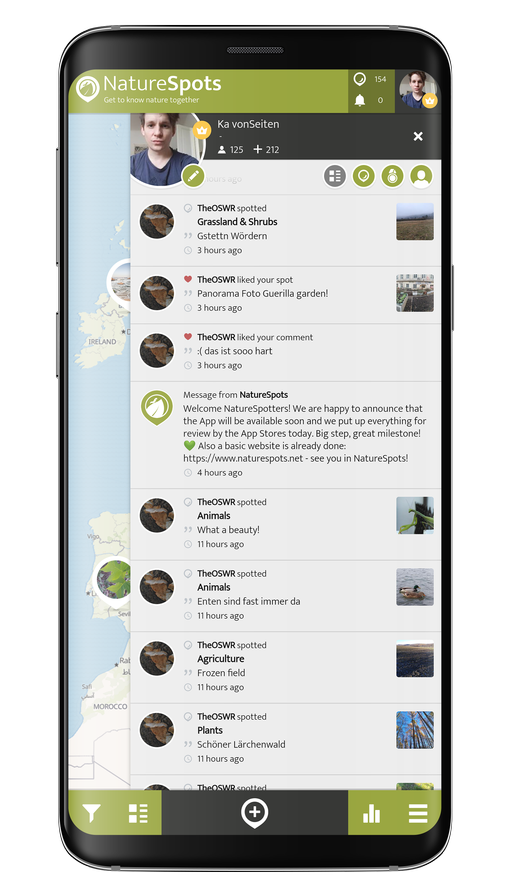


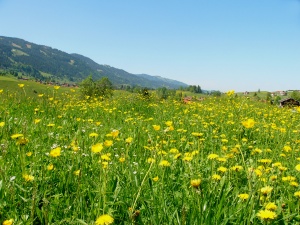
 A discovery by Eva in habitat Agricultural meadow on 04.06.2021. Thomisidae (Thomisidae) is a family of arachnids.
A discovery by Eva in habitat Agricultural meadow on 04.06.2021. Thomisidae (Thomisidae) is a family of arachnids. 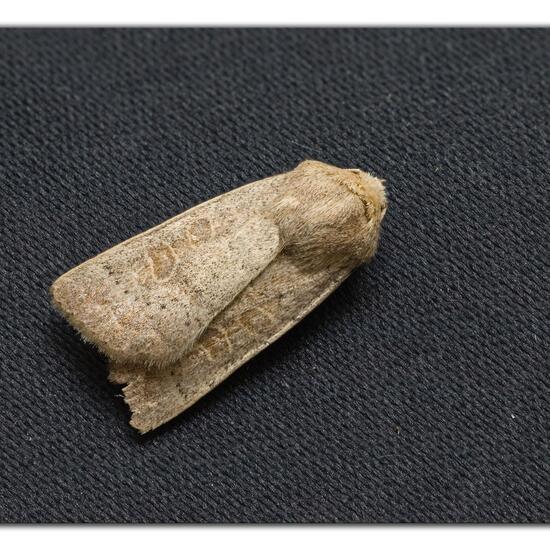 A discovery by Danny VG in habitat Garden on 08.06.2021. Hoplodrina ambigua (Hoplodrina ambigua) is a species of insect.
A discovery by Danny VG in habitat Garden on 08.06.2021. Hoplodrina ambigua (Hoplodrina ambigua) is a species of insect. 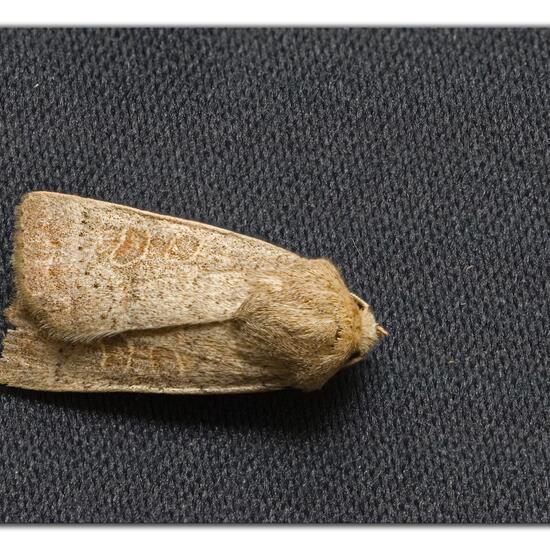 A discovery by Danny VG in habitat Garden on 08.06.2021. Hoplodrina ambigua (Hoplodrina ambigua) is a species of insect.
A discovery by Danny VG in habitat Garden on 08.06.2021. Hoplodrina ambigua (Hoplodrina ambigua) is a species of insect. 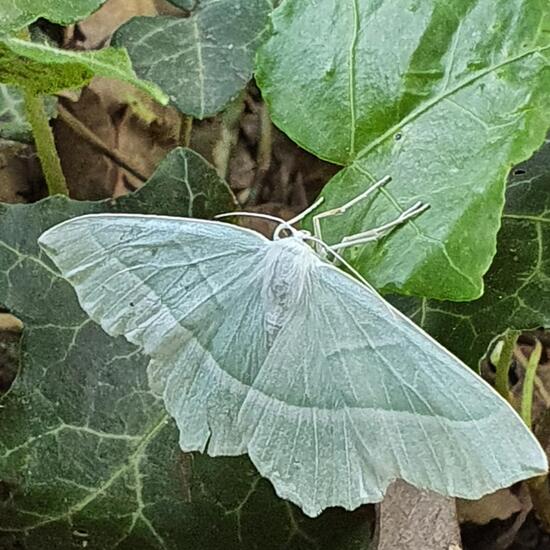 A discovery by Eva in habitat Park on 03.06.2021. Cyclophora punctaria (Cyclophora punctaria) is a species of insect.
A discovery by Eva in habitat Park on 03.06.2021. Cyclophora punctaria (Cyclophora punctaria) is a species of insect. 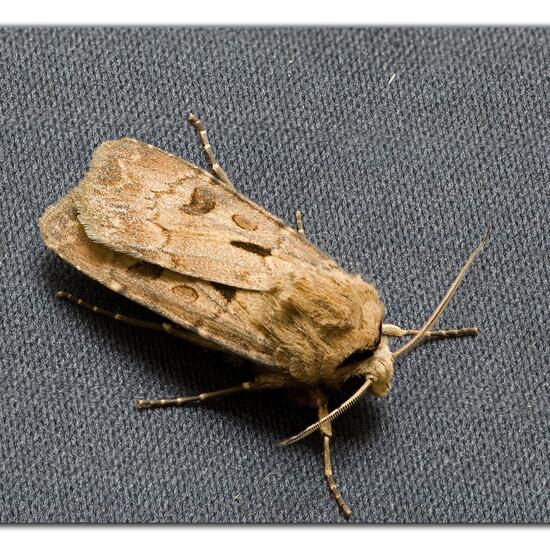 A discovery by Danny VG in habitat Garden on 08.06.2021. Heart and Dart (Agrotis exclamationis) is a species of insect.
A discovery by Danny VG in habitat Garden on 08.06.2021. Heart and Dart (Agrotis exclamationis) is a species of insect.  A discovery by Eva in habitat Garden on 24.05.2021. Four-spotted Chaser (Libellula quadrimaculata) is a species of insect.
A discovery by Eva in habitat Garden on 24.05.2021. Four-spotted Chaser (Libellula quadrimaculata) is a species of insect.  A discovery by Danny VG in habitat Garden on 08.06.2021. Wittia sororcula (Eilema sororcula) is a species of moth.
A discovery by Danny VG in habitat Garden on 08.06.2021. Wittia sororcula (Eilema sororcula) is a species of moth. 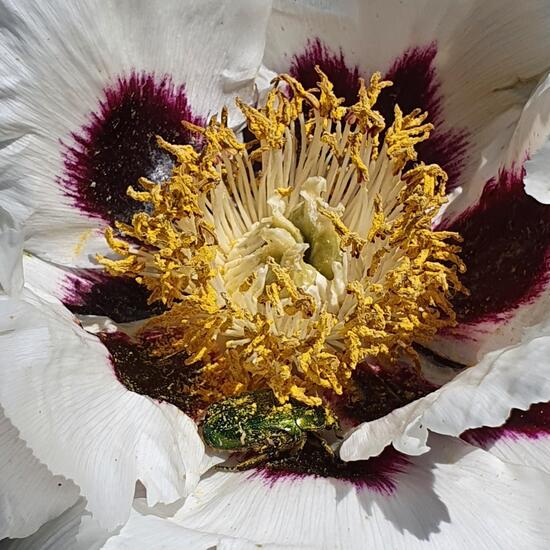 A discovery by Eva in habitat Garden on 30.05.2021. Cetonia aurata (Cetonia aurata) is a species of beetle.
A discovery by Eva in habitat Garden on 30.05.2021. Cetonia aurata (Cetonia aurata) is a species of beetle.